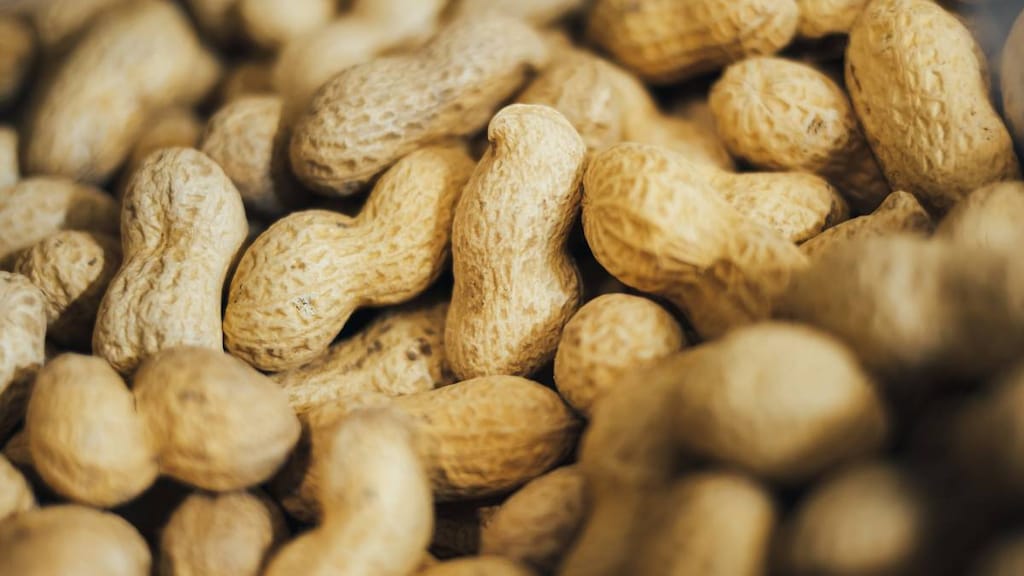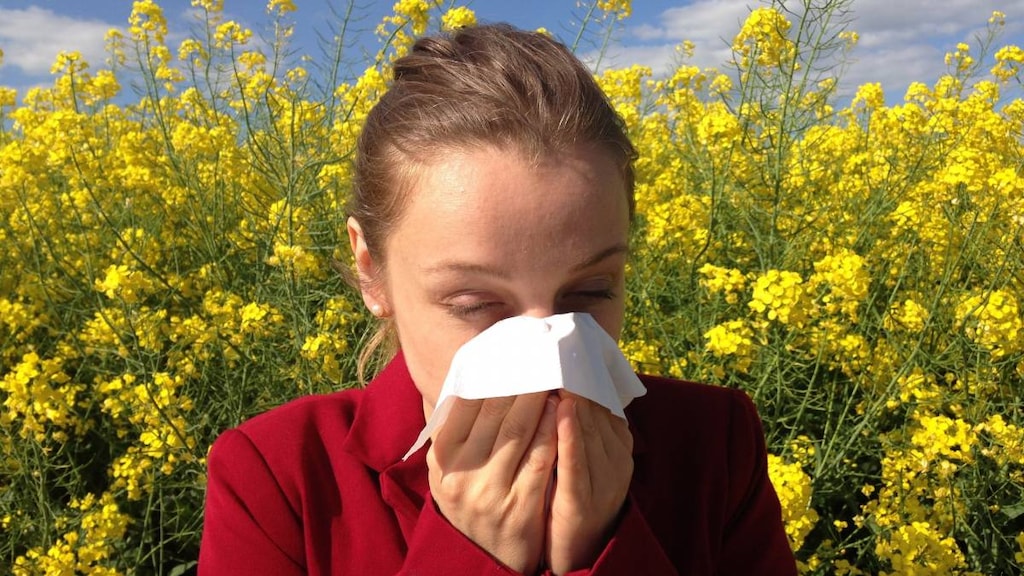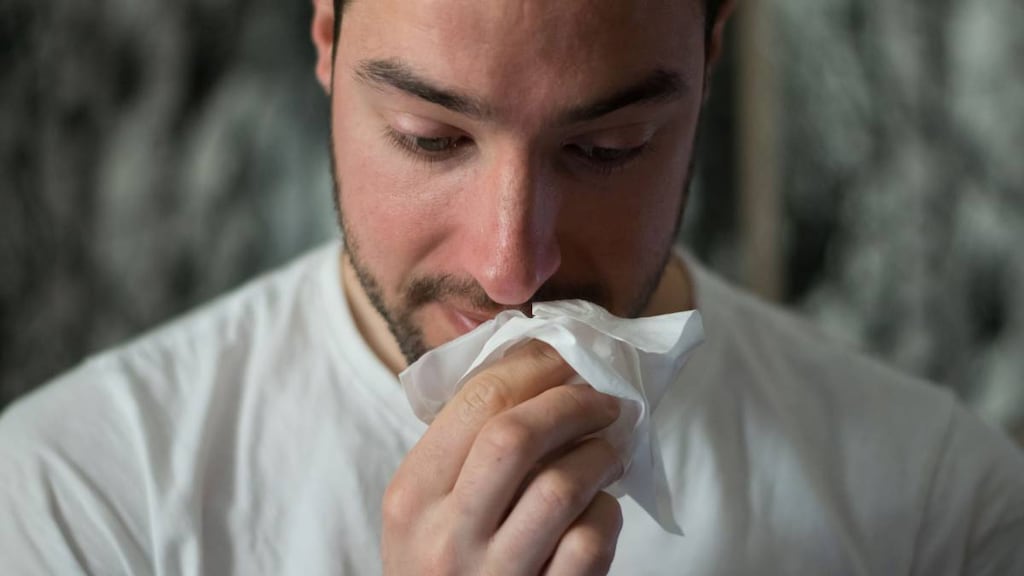The Pollen Allergy Survival Guide

Allergies can affect your life in a variety of ways. Some of the worst culprits, according to the American Academy of Pediatrics, are mold, dust, fungi, pets, materials like latex and food. But one of the most common allergens of all — affecting tens of millions of people in the United States — is pollen. And when it comes to the sneezing, itchy eyes, sniffling and stuffy nose symptoms of seasonal allergies, you can suspect that pollen is probably causing these reactions.
What are pollen allergies?
If you’re allergic to pollen, you may look toward every beautiful spring, or possibly fall, with dread. As soon as that fine green or yellow powder begins covering outdoor surfaces around your home or yard, then you know you’re in trouble.
That powder is pollen, and in the plant world, it serves a very special purpose. The wind, insects, birds and other animals actually transport it from plant to plant to help with fertilization. But despite this important job, it can cause a whole lot of misery, notes the American College of Allergy, Asthma & Immunology (ACAAI).
Types of pollen allergies
Though many people think of pollen allergies as developing mostly in the spring, the reality is that they strike different people at different times throughout the year. According to the ACAAI, tree pollination can begin as early as February in the mid-Atlantic region. Grass tends to pollinate in late spring and early summer, though it can continue almost year-round in warmer climates.
Unfortunately, fall doesn’t offer much pollen relief either, particularly if you’re allergic to weed pollen. The fall is when ragweed, one of the most common allergy triggers, tends to release pollen — from August well into November. Other sources of fall allergies include pollen from such plants as:
- cocklebur
- lamb’s-quarter
- pigweed
- tumbleweed
- Russian thistle
- sagebrush
- mugwort
- burning bush
What symptoms do they cause?
The symptoms related to pollen allergies tend to be common and aggravating. According to the Asthma and Allergy Foundation of America (AAFA), they include itchy nose, irritated eyes, sneezing, runny nose, stuffy nose and postnasal drip (mucus in the throat).
The American Academy of Pediatrics notes that some people can have even more severe reactions to pollen allergies. For instance, particularly among children, asthma is a common reaction to pollen. In fact, up to 80 percent of children with asthma also have allergies, and allergens are the most common asthma trigger.
Skin rashes are another possible symptom related to allergy exposure. These can be red, itchy, scaly or dry, and they may be related to eczema in some circumstances.
Prevention strategies
If there’s any good news about pollen allergies, it’s that there are steps you can take to avoid pollen. By keeping an eye on pollen levels and taking the right approach to your outdoor activities, you can help limit your pollen allergy symptoms.
Here’s what can help:
- Watch the pollen count. Fortunately, it’s become fairly easy to see what the pollen count is going to be on a given day. Pollen counts today are presented online, in apps and often with the local weather forecast on television. However, the ACAAI notes that a high pollen day doesn’t necessarily equal a bad day for you. It really depends on the type of pollen you are allergic to, and the time of year that it’s being released.
- Plan outdoor activities in the evening. Pollen counts are typically highest in the morning, so you may want to avoid your exercise and yard work at that time. It’s typical for counts to go down as the day goes on, according to the Mayo Clinic.
- Steer clear of dry, windy days. These are the days when pollen can be the most aggravating, notes the Mayo Clinic. Pollen tends to go down when it rains, although it tends to come soaring back just after a rain, once things start to dry up a bit.
- Be smart about outdoor activity. Yard work tends to be positively awful for people with pollen allergies. If you have a partner or older child in your house who can take on the yard work, then this might be a good chore to delegate when pollen is at its worst. And if you have to go outside, wear a mask with a National Institute for Occupational Safety and Health (NIOSH) rating of 95 or higher to protect yourself, the ACAAI recommends. Also, be sure to change your clothes and shower after you’re done.
- Keep it outside. The outdoors can be bad enough during pollen season, and you certainly don’t need that pollen infiltrating your home. You can keep pollen out by keeping doors and windows closed, investing in good furnace and vacuum filters and not air-drying laundry outdoors.
Medical treatments
Despite your best efforts, allergy medication still may be needed to prevent you from being miserable during the peak of pollen season. Fortunately, some of the newest allergy medications can offer relief with minimal side effects.
Options include:
- Antihistamines. Oral antihistamines can relieve many seasonal allergy symptoms with a simple daily pill, the Mayo Clinic notes. And they typically have very few side effects. Common examples include Zyrtec, Allegra, Alavert and Claritin.
- Decongestants. As the name suggests, decongestants focus strictly on the congestion, or nasal stuffiness, related to allergies. They are available in oral and spray form. However, nasal decongestants should not be used for more than a few days in a row, the Mayo Clinic says.
- Combination medications. Some over-the-counter medications combine an antihistamine and a decongestant into one pill. This includes Claritin-D and Allegra-D.
- Nasal sprays. Nasal corticosteroids and cromolyn sodium nasal spray are among the nasal spray options that often provide relief for pollen allergies, the AAFA says.
- Skin and asthma medications. If skin rashes and asthma are among your pollen allergy symptoms, then you may need topical creams or inhalers as part of your allergy treatment regimen. Talk to your doctor about your symptoms to determine if these medications might be appropriate.
- Immunotherapy. For severe or persistent allergy symptoms, allergy immunotherapy may be the right course of action, notes the AAFA. Immunotherapy involves receiving injections or drops under the tongue at your doctor’s office. Immunotherapy is usually an ongoing treatment that takes place on a regular basis.
Natural remedies
The Mayo Clinic notes that the evidence is not as strong for alternative treatments for allergies as it is for many of the medications listed above. They note, however, that butterbur and spirulina extract, as well as acupuncture, have helped some people with their pollen allergy symptoms.
When to call the doctor
If pollen allergy symptoms remain fairly mild and are easy for you to control with prevention strategies and over-the-counter allergy medications, then it may not be worth making a special trip to the doctor.
If your symptoms are severe, include skin rashes or breathing problems or are not going away with standard allergy medications, then you’ll want to schedule a visit. An allergist can perform tests to determine your specific allergy triggers, as well as recommend specific medication or even immunotherapy for help in managing your symptoms.
Taking control of pollen allergies
There’s no question that pollen allergies can be a real burden, especially in the spring or fall months. But with the right approach to prevention and management, most people can get a handle on even the most severe pollen allergy symptoms.
Article references
- Seasonal Allergies in Children, American Academy of Pediatrics, 2015, https://www.healthychildren.org/English/health-issues/conditions/allergies-asthma/Pages/Seasonal-Allergies-in-Children.aspx
- Pollen Allergy, American College of Allergy, Asthma & Immunology, 2018, https://acaai.org/allergies/types-allergies/pollen-allergy
- Seasonal Allergies, American College of Allergy, Asthma & Immunology, 2019, https://acaai.org/allergies/seasonal-allergies
- Rhinitis (Nasal Allergies), Asthma and Allergy Foundation of America, 2019, https://www.aafa.org/rhinitis-nasal-allergy-hayfever/?gclid=CjwKCAjwo9rtBRAdEiwA_WXcFg7_To4vZsU3r2lf54BmBsfm3PTJVQWIyZ9gH9OPB7pV-VpD6fC7MxoCaEYQAvD_BwE
- Seasonal allergies: Nip them in the bud, Mayo Clinic, 2019, https://www.mayoclinic.org/diseases-conditions/hay-fever/in-depth/seasonal-allergies/art-20048343
- Allergy Treatment, Asthma and Allergy Foundation of America, 2019, https://www.aafa.org/allergy-treatments/




